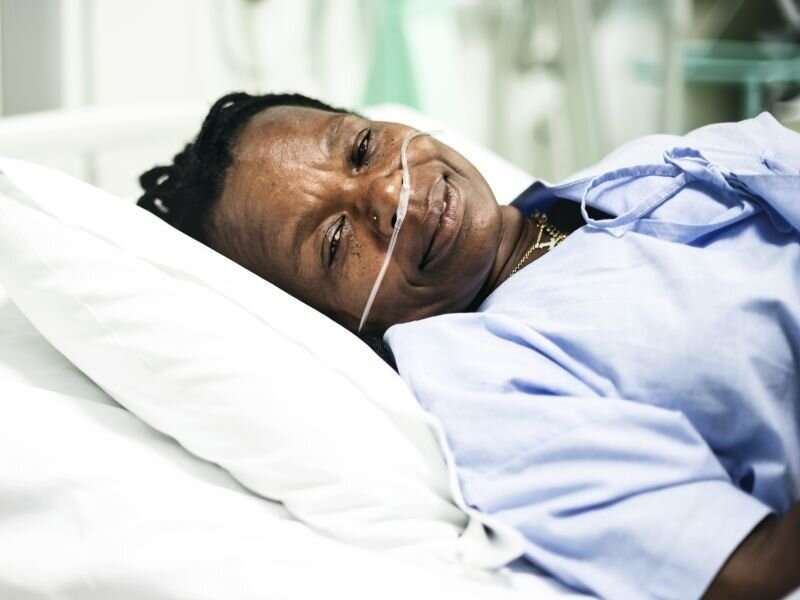

(HealthDay)—Race is the most important predictor of testing positive for severe acute respiratory syndrome coronavirus 2 (SARS-CoV-2) infection but not for outcomes, according to a study published online Feb. 9 in the Annals of Internal Medicine.
Gabriel J. Escobar, M.D., from Kaiser Permanente in Oakland, California, and colleagues evaluated the association of race/ethnicity with SARS-CoV-2 testing, infection, and outcomes using data from an integrated health care delivery system in Northern California (Feb. 1 to May 31, 2020). The analysis included 3,481,716 eligible members (42.0 percent White; 6.4 percent African American; 19.9 percent Hispanic; 18.6 percent Asian; and 13.0 percent other/unknown race).
The researchers found that 2.6 percent of eligible members were tested for SARS-CoV-2 infection and 3,686 had positive results (overall incidence, 105.9 per 100,000 persons; by racial group: White, 55.1; African American, 123.1; Hispanic, 219.6; Asian, 111.7; and other/unknown, 79.3). Compared with Whites, adjusted testing rates among non-White persons were marginally higher, but infection rates were significantly higher (adjusted odds ratios for African Americans, Hispanics, Asians, and persons of other/unknown race, 2.01, 3.93, 2.19, and 1.57, respectively). Infections clustered in geographic areas with higher proportions of non-White persons. There were no racial differences noted for inpatient mortality or total mortality in adjusted analyses. Comorbid conditions made the greatest relative contribution to model explanatory power for testing (77.9 percent), while race largely explained the likelihood of infection (80.3 percent). Age was the most likely determinant of outcomes.
Source: Read Full Article